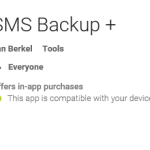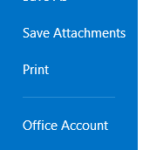Security – Using Acrobat to Encrypt Attachments
In this day and technological age, it is very important to secure information that is sent by email. This can be done in a variety of ways, obviously with some methods being more exotic and/or costly (and, thus, oftentimes non-permissive) than others. However, the bottom line is that sensitive information (i.e. SSNs, DOBs, PHI, account numbers, and similar identifying information) being sent by email should be secured. The purpose of this blog is to show how it can be done for free, both, to the sender and the receiver, with only a small amount of reciprocal work between the two (which, in the end, will likely pay off to both to the Nth power).



